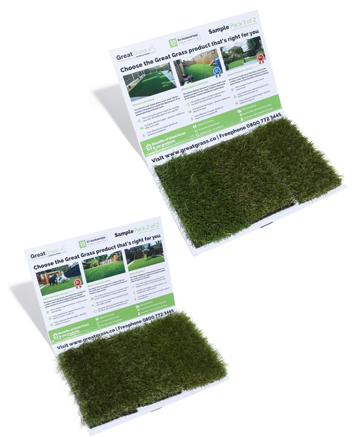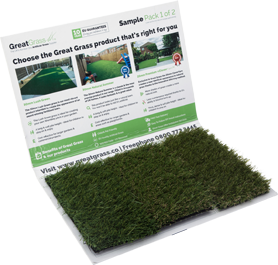In recent years, commercial artificial grass, or turf, has become the material of choice for covering amateur sports pitches, with particular emphasis on football and rugby grounds. More and more recreational clubs have been turning to this material as the go-to covering for their outdoor play areas, and the trend has even extended to quite a few professional or semi-professional clubs the world over.
This changing panorama can, at least partially, be attributed to a number of factors which, some argue, make commercial artificial grass better for team sports than natural grass. Listed below are only two of the main perks of using turf to line a sports pitch, as opposed to a natural lawn.
Faster and Smoother
The main advantage of commercial artificial grass over natural turf is the way it makes gameplay smoother and faster. With no imperfections to interfere with player or ball movement, each game becomes more precise and faster-paced, which can help increase the quality of the spectacle as well as boost player performances.
All-Weather Surface
Another factor leading many clubs to invest in commercial artificial grass for their pitches is the material’s weather-resistant nature. In countries with rough climates, in particular, it is remarkably easy for a natural grass pitch to become muddied or slippery, thus not only hindering the flow of play but also potentially making running and passing physically dangerous for the players. Similarly, in hot weather, it is likely that the grass will dry up, requiring irrigation so as to stay in acceptable condition. A synthetic turf pitch does away with both these issues, presenting clubs with an all-weather solution which, to boot, requires very little by way of maintenance at any time during the year.
While not the only reasons behind the popularity of commercial artificial grass pitches, these two factors have played a large part in convincing club owners of the virtues of this material as a sports field liner, as opposed to natural grass.


